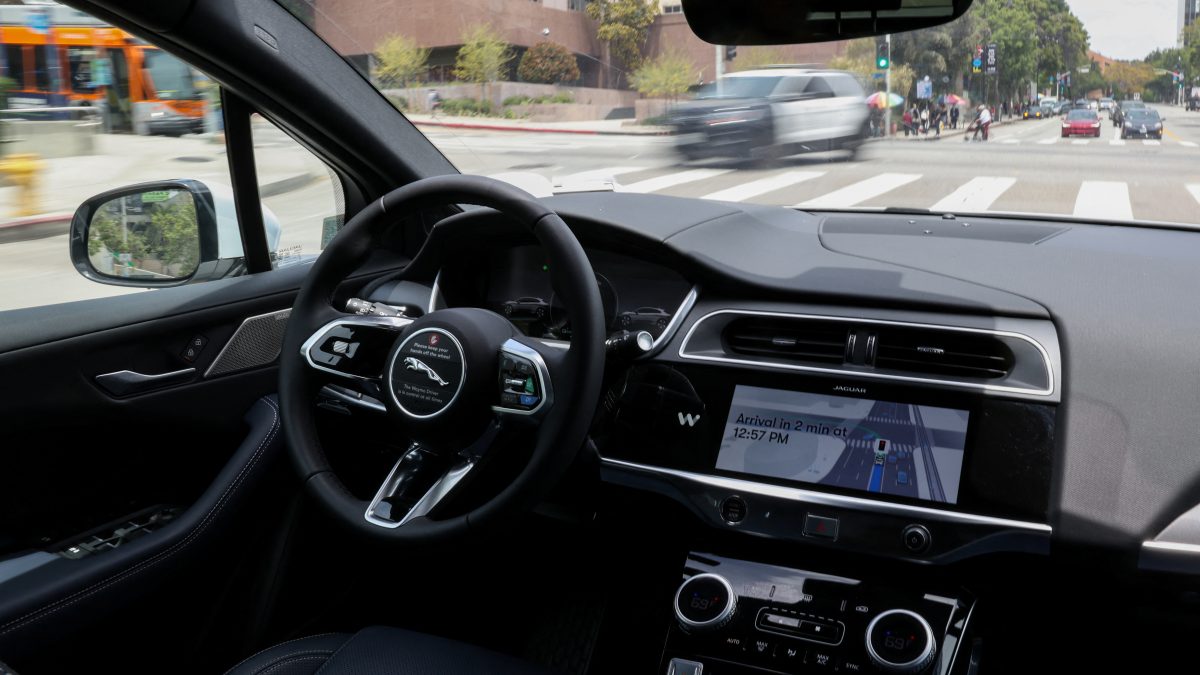China’s latest consumer subsidy scheme, designed to boost sales of smartphones, tablets, and smartwatches, has left most of Apple’s new iPhone models out of the picture. The programme, announced by the National Development and Reform Commission and the Ministry of Finance, offers a 15% subsidy on gadgets priced below 6,000 yuan (US$818).
However, with premium iPhone models exceeding this price cap, Apple finds itself at a disadvantage compared to domestic brands.
A boost for Chinese smartphone makers
The subsidy programme, which allows a maximum rebate of 500 yuan per purchase and is limited to one item per product category, is open to both domestic and foreign manufacturers. Yet, its structure favours Chinese brands like Huawei, Vivo, Xiaomi, Honor, and Oppo. Most top-tier iPhones, including the iPhone 16 Pro and Pro Max, are priced well above the subsidy threshold, starting at 7,999 yuan and 9,999 yuan, respectively.
Only a handful of Apple devices qualify, such as the base iPhone 16 with 128GB storage, priced just under the cap at 5,999 yuan, along with some older models from the iPhone 15 and iPhone 14 series. These devices may benefit slightly from the subsidy, but the policy still puts Apple at a disadvantage in a market where competition from domestic brands is already fierce.
Falling market share for foreign brands
Apple’s exclusion comes at a time when foreign smartphone brands, primarily Apple, have seen their market share in China shrink dramatically. According to the China Academy of Information and Communications Technology, foreign brands shipped just 3.04 million units in November last year, down 47.3% from 5.77 million the previous year. While the subsidy could help boost sales of older iPhone models, analysts believe the policy is more aligned with bolstering sales of domestic brands.
Chinese smartphone makers dominate the local market and are expected to benefit more from the scheme. The policy aligns with the government’s broader goal of stimulating consumption and supporting domestic tech manufacturers. Counterpoint Research noted that Apple’s high-end market positioning may limit its gains, as the subsidy primarily targets budget-conscious consumers who are unlikely to consider premium iPhone models.
Limited impact despite discounts
While the subsidy scheme is a strategic push to encourage consumer spending, its overall impact on the market could be muted. With online platforms and retailers already offering a range of discounts, the additional savings might not drastically alter consumer behaviour. Still, for domestic brands operating in the high-end and mid-range segments, the government’s support provides an edge in maintaining their dominance in the world’s largest smartphone market.
As Apple navigates these challenges, it remains to be seen how the tech giant will adapt to the changing dynamics in China, where affordability increasingly drives consumer choices.


)

)
)
)
)
)
)
)
)



